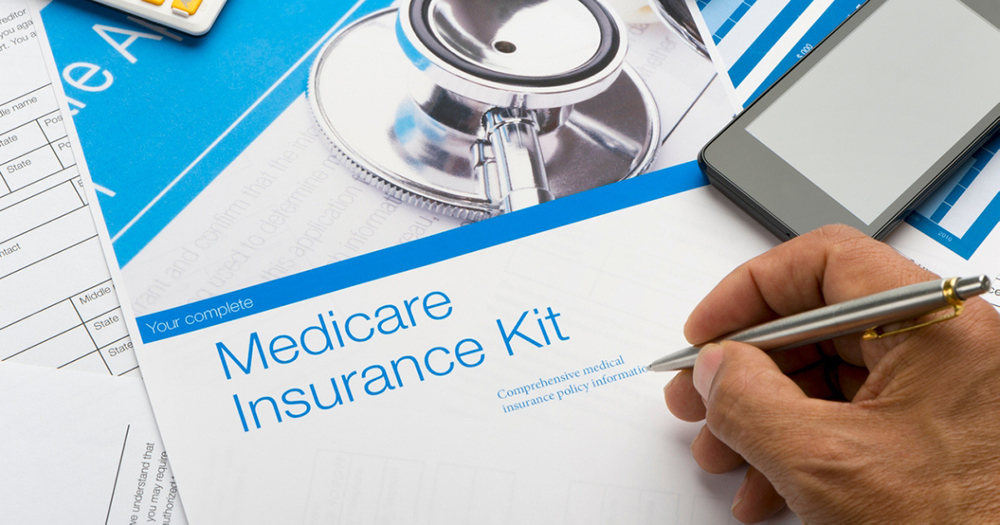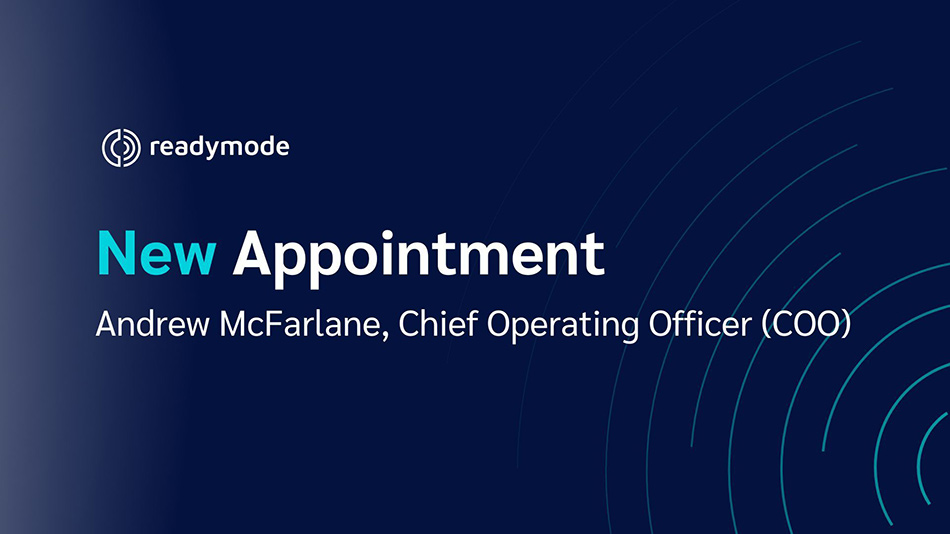It’s getting close to that time of year again: healthcare enrollment. For Medicare recipients—and there are more than 65 million of them across the country—it’s a chance to sign up or make changes to existing benefits. And, since more than half of recipients are enrolled in Medicare Advantage (MA), a private insurance alternative to traditional Medicare, they have a lot of options.
For call centers and sales agents, it’s the one time of year they can help clients and potential clients make changes or modifications to their plans. They can also provide guidance on any upcoming changes. For example, for recipients with Part D prescription drug plans, there’s a new $2,000 annual cap on out-of-pocket prescription costs in 2025.
At the same time, there could also be new requirements for insurers and sales agents, so it’s important to stay on top of the latest developments. In 2025, for example, a new rule will prohibit insurers from offering incentives (such as hefty bonuses) to sales agents for enrolling people into Medicare Advantage plans, Medigap or Part D prescription drug plans. And compensation will be limited to fixed caps.
With the season upon us, and new changes on the horizon, it’s a good time for call centers and sales agents to start prepping to get the most out of this high-stakes period.
Understanding Key Dates
Enacted in 2010, the Patient Protection and Affordable Care Act (ACA) was designed to make affordable health insurance available to more people. This includes Medicare, the federal health insurance program for people ages 65 and over, which helps to pay for medical care services such as physician visits and hospitalizations. But it doesn’t cover everything, which is why many recipients choose to expand this coverage.
Recipients have the choice of receiving benefits through traditional Medicare or a Medicare Advantage (MA) plan, which is run by a private health insurer. These plans typically offer coverage for things that Medicare doesn’t, including some vision, hearing and dental services. Even if recipients choose traditional Medicare, they can still sign up for a separate Medicare Part D prescription drug plan to cover outpatient prescription drugs.
Health Insurance Enrollment Period
By the end of summer, health insurance sales agents start gearing up for the Annual Enrollment Period (AEP) and Open Enrollment Period (OEP).
Annual Enrollment Period (AEP)
This enrollment period runs annually from October 15 to December 7. During this time, Medicare recipients can switch from their original Medicare plan (Part A and Part B) to a Medicare Advantage plan (Part C). They can also transition between different Medicare Advantage plans or Prescription Drug plans (Part D), or enroll in a new drug plan if they weren’t previously enrolled. Changes go into effect on January 1 of the following year.
Open Enrollment Period (OEP)
This enrollment period runs annually from January 1 to March 31. During this time, those enrolled in a Medicare Advantage plan can make changes to that plan, switch to a different Medicare Advantage plan or return to traditional Medicare coverage. If they return to traditional Medicare, they can also add a standalone Part D plan.
Medicaid
Low-income Medicare beneficiaries who meet certain qualifications may be eligible for Medicaid, the Medicare Savings Programs or the Medicare Part D Low-Income Subsidy. Those who aren’t enrolled can do so at any time of year or switch their coverage outside of the open enrollment period once per quarter.

5 Tips: How to Sell Health Insurance Over the Phone
Needless to say, with AEP coming up shortly and OEP soon to follow, it’s a critical time for health insurance sales agents. This offers a short window of time where recipients evaluate their options and seek guidance. Here are five tips for selling health insurance to drive efficient outreach and engagement.
1. Know Your Plans
Through September, insurance companies offer training and certification courses, and it’s worth taking the time to brush up on the different plans you’ll be selling this coming season—even if you’re already familiar with them. For example, they might offer new benefits or limitations that you should be aware of, so you can better serve potential clients.
2. Get Strategic About Outreach
Unless you’re new to the business, determine if any of your existing clients might be considering plan changes or may be impacted by any new developments (and therefore might want to switch plans). By queuing up your outreach initiatives, you’ll be ready to start dialing on day one.
3. Use a Predictive Dialer
Speaking of dialing, you also want the right tools for selling health insurance. A predictive dialer is an outbound calling system that uses algorithms and past data to predict when your agents will be free to take a call.
For example, Readymode’s predictive dialer helps to maximize contact rates and expand outreach during AEP and OEP, so you’ll spend less time waiting around between calls and more time talking to potential policyholders.
4. Integrate Dialers With CRM
By integrating a predictive dialer with customer relationship management (CRM) software, you’ll have the data you need at your fingertips. This can help you track and prioritize leads, schedule any necessary follow-ups, identify upsell and cross-sell opportunities, create tailored solutions and target your messaging to different prospects.
5. Use a Strong Script
When it comes to changing or modifying plans, recipients have a lot of options. So having the right script—one that’s personalized to each prospect—can go a long way in retaining a current client or gaining a new one. With Readymode’s integrated predictive dialer and CRM software, for example, you can create sales scripts with dynamically generated lead data embedded right in the script.
Being prepared, queuing up leads and having the right tools at your fingertips can help sales agents make the most out of the AEP and OEP sales periods—while helping prospects find the best plan to meet their healthcare needs.
Vawn Himmelsbach
Vawn Himmelsbach is a writer and editor specializing in enterprise IT, writing for national newspapers and technology trade magazines on everything from AI to zero-day threats. She also spent three years working abroad as an Asian correspondent, covering all things tech.







